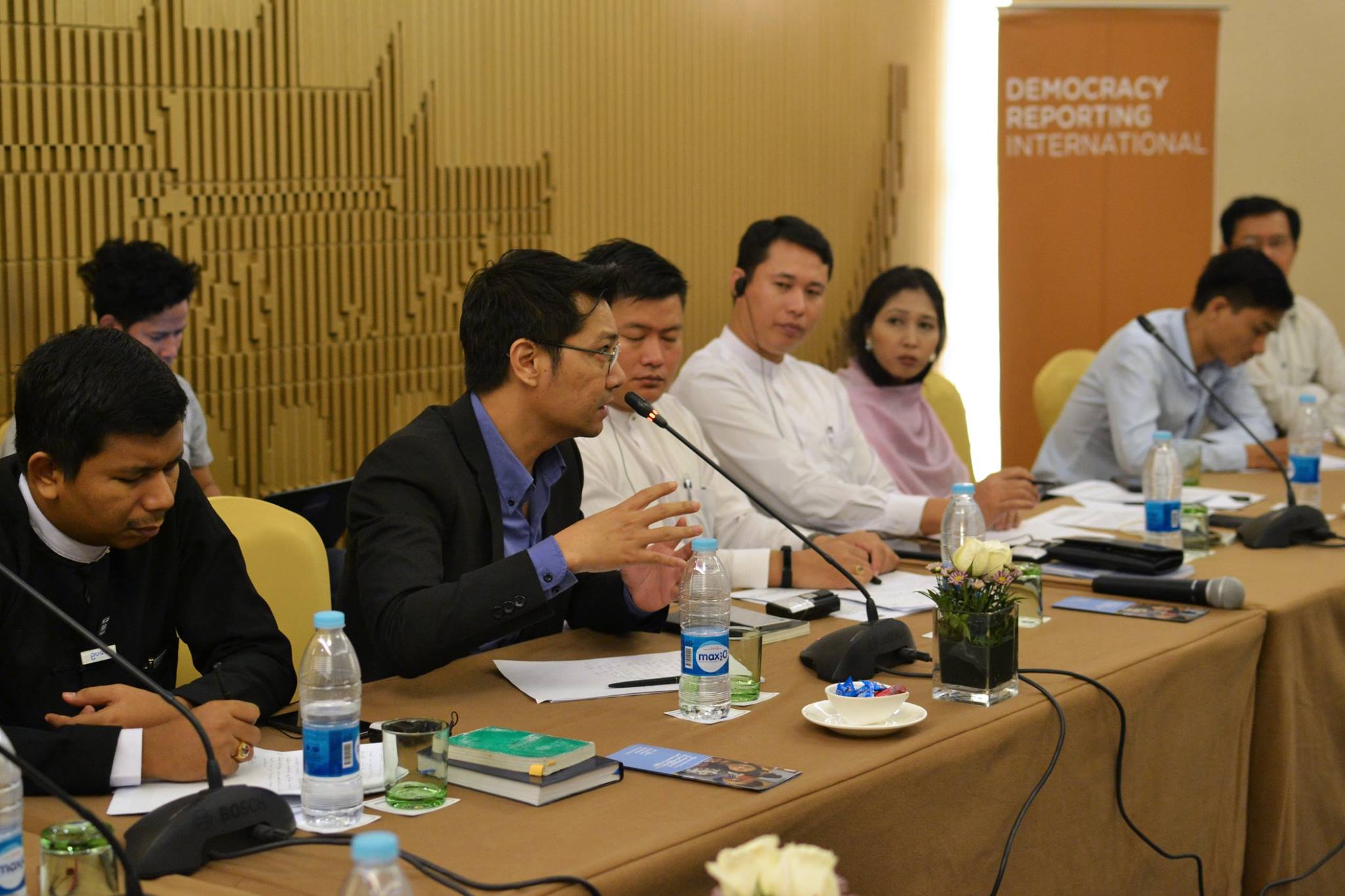“We need federalism.”
This sentence will sound familiar to anyone working on Myanmar’s peace and democratization process. Outsiders might think that Myanmar has figured it out: “People here seem to know and agree on where they want to be in the future.“ But when it comes to federalism, there is more than meets the eye.
The third dialogue for peace – the 21st Century Panglong Conference – took place in May this year and resulted in a “37 Points Agreement” that included a commitment to restructuring the state as a “Union based on democracy and federalism” where a “multi-party democratic system must be practiced.” There will be additional conferences every six months, and all successive points that parties agree on will form the “Union Accord,” which will be submitted to Parliament for ratification. The Union Accord will then be the basis for legal reforms that could include constitutional amendment.
Using the “37 Points Agreement” as a basis, DRI organised a roundtable and two workshops in July 2017 with participants from major and ethnic political parties, civil society and ethnic armed organisations in Yangon and Taunggyi (Shan State). The purpose of these activities was to bring key players together to review the political deal that resulted from the peace conference and to discuss the implications for institutional reforms. Participants of the roundtable agreed that the term “federalism” does not provide a sufficiently clear framework or detailed guidance on the options for vertical and horizontal division of powers and shared rule. Although Myanmar's government has agreed to build a federal state, there remains a lack of clarity on a specific federal structure and the concrete mechanisms for power sharing, as well as what the division of powers would look like in practice.
“There are as many federal systems as there are federal countries. Various countries that practice federalism avoid using this term to refer to their state structure: Australia, for example, calls itself "Commonwealth', while India is described as "a Union of States" and Switzerland is a “Confederation.”"
-Participant from the roundtable, which was held under Chatham House Rules
As the discussion in Myanmar evolves, it is likely that the different perspectives on federalism come to the fore. If they indeed emerge as irreconcilable views they could easily derail the peace negotiations. A further risk is that the government submits the Union Accord to Parliament without any provisions on the structure of the state beyond labeling it as a “federal union” – shifting the most relevant aspects of the discussion to a forum in which one of the key parties (ethnic armed groups) would be unable to participate.
The dialogue process is still on-going – some armed groups still are negotiating before they agree to sign a ceasefire agreement – so Myanmar should build on the momentum of the “37 Point Agreement” and seize the opportunity to hold a more in-depth discussion, even before the next peace conference scheduled for November this year.
The quest for a federal state is deeply linked to one of the root causes of conflict: the marginalization of minority groups. To overcome this, ethnic armed groups demand further decentralisation, such as greater legislative powers at the sub-state level and control over natural resources in their areas.
Building a federal state, however, requires a discussion of political institutions at the center. To achieve peace, Myanmar needs to have a dialogue on how it wants to give life to the principle of “unity in diversity.” Now that consensus on federalism has been found, its time to give it meaning.
***
Eva Gil is Country Representative and Elections and Governance Expert at DRI Myanmar. Thibaut Noel is Programme Coordinator and Constitutions and Democratic Governance Expert at DRI Myanmar.

